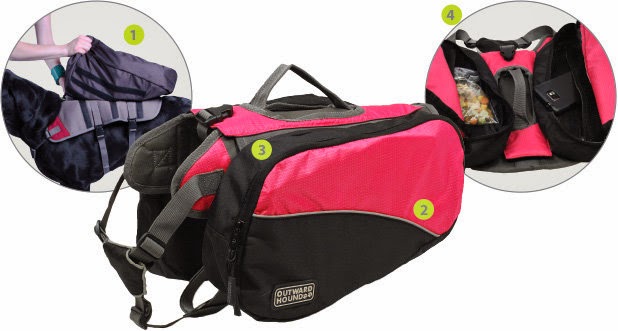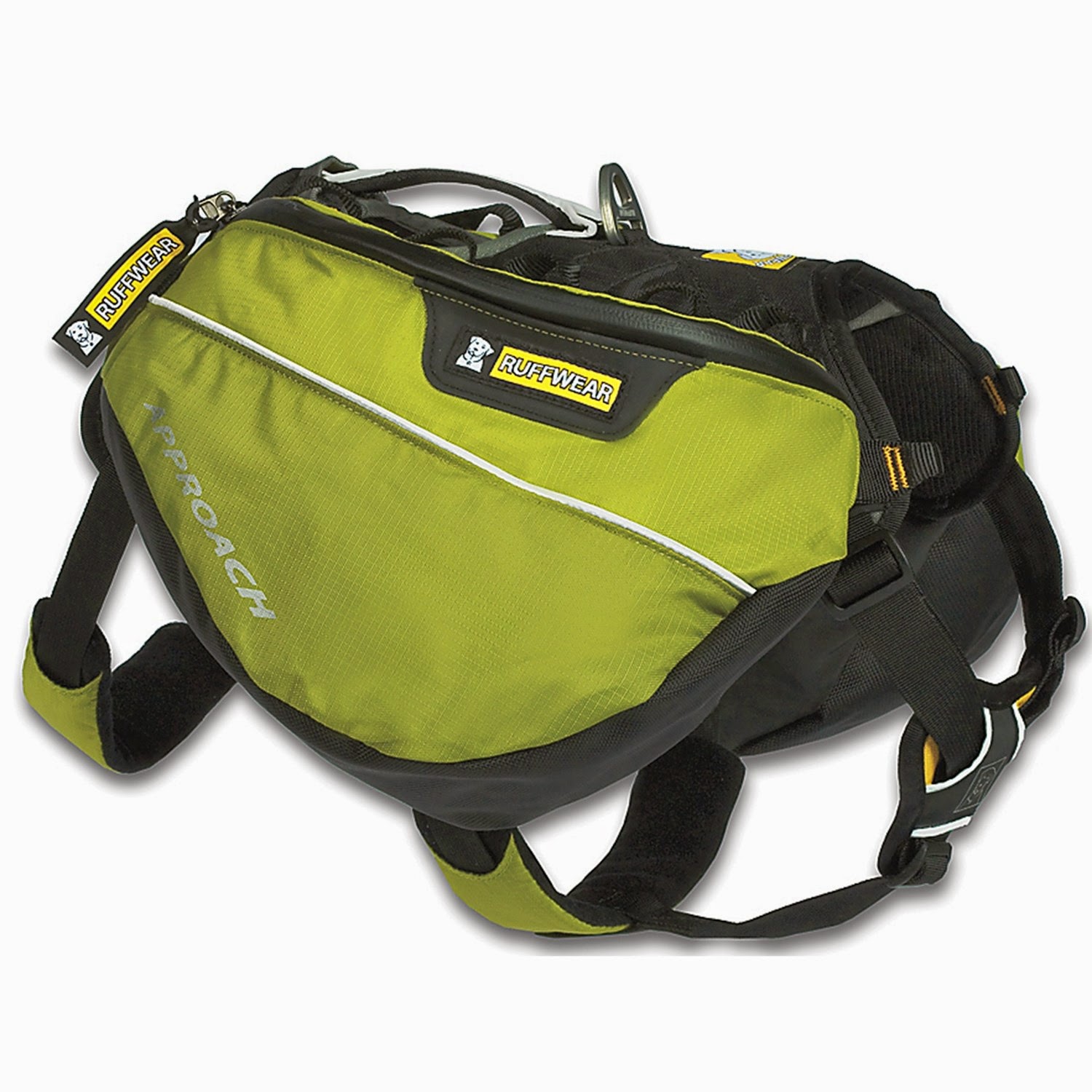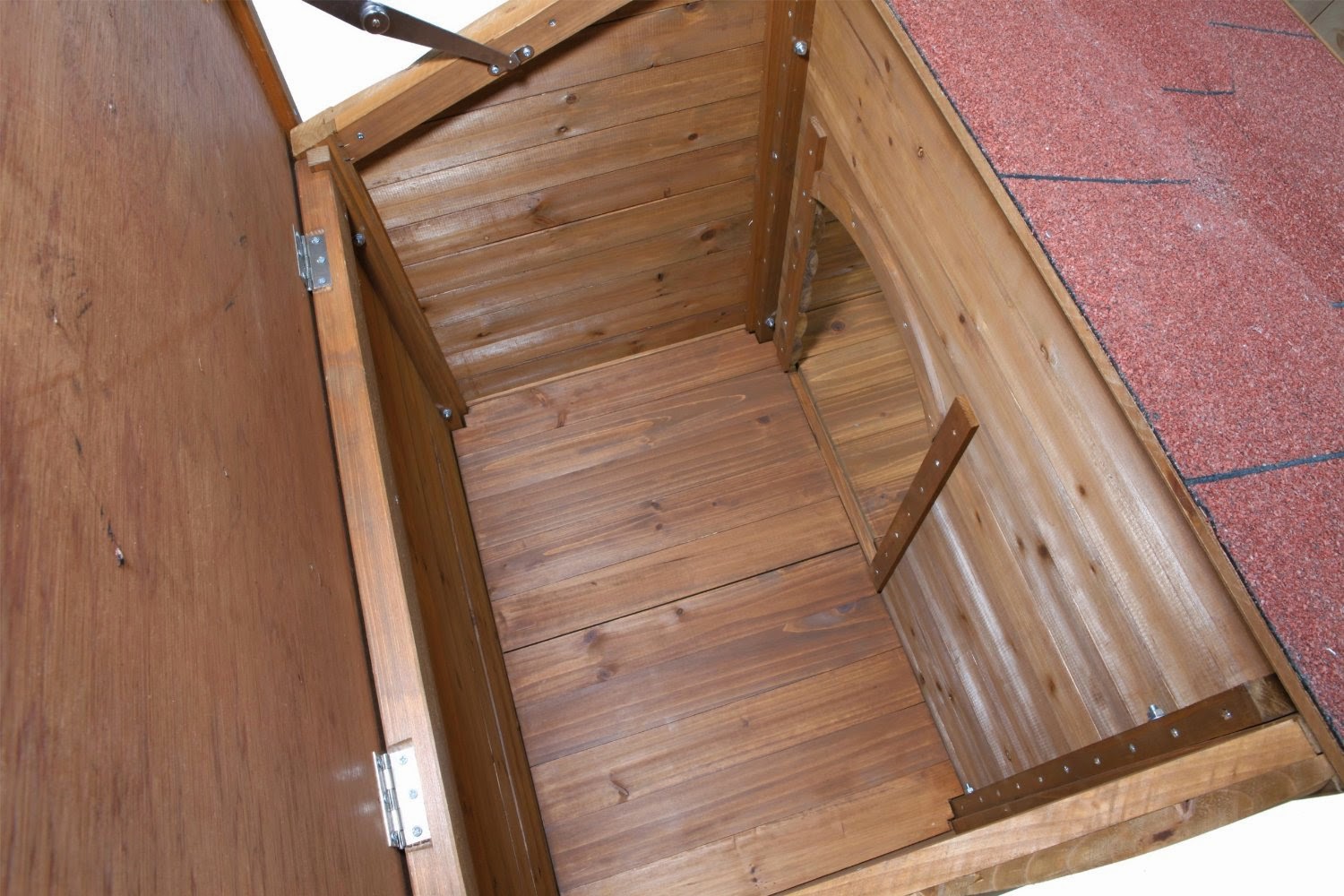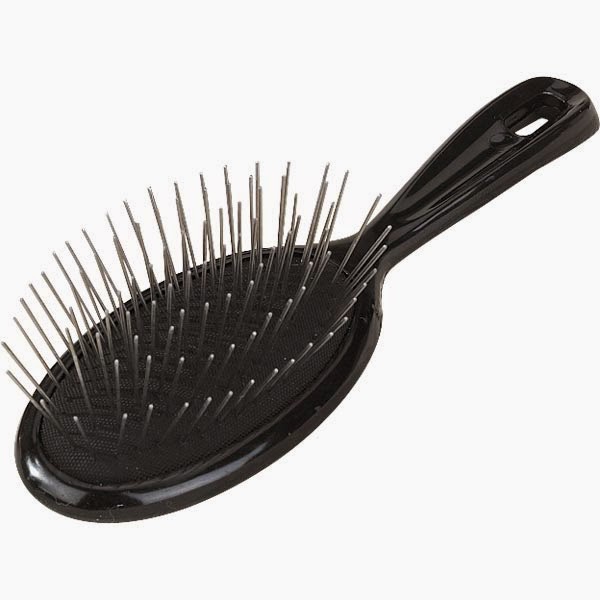Supplementing Your Dog's Diet
Is your dog enjoying a well balanced diet? If he eats the same dry food, day in and day out, year after year, chances are he’s missing out on a few things. Despite most manufacturer’s claims to the contrary, no one really knows exactly what constitutes a complete canine diet.
The FDA, AAFCO and many vets recommend regularly rotating your dog’s diet between several brands to help maintain a balanced diet. However, changing your dog’s diet from one brand to another can result in unpleasant stomach upset and digestive issues.
Here are some healthy, homemade ingredients you can add to your dog’s daily intake, without any extra effort, that will add variety and help fill in the nutritional gaps. And better yet, they won’t impact your wallet. As with any food, portion control is the key to healthy dog snacking.
Kitchen Scraps That Make Healthy Dog Snacks
Romaine Lettuce: Romaine lettuce is low in calories, high in protein (in fact it’s 17% protein), Calcium, Omega-3s, Vitamin C (one head of Romaine has more Vitamin C than an orange), Vitamin A, Iron and is rich in B-vitamins and minerals.
When your cleaning your Romaine lettuce, set aside the tough leathery pieces and the hard pale cores that you might normally put down the disposal. Most dogs enjoy the dark leafy pieces as well as the crunchy cores. A snack of leftover romaine lettuce scraps will add fresh fiber and almost no calories to his diet. Butter, green leaf and red leaf lettuces are good choices too, iron rich Spinach is also readily enjoyed.
Potato Peels: Peeling potatoes for French fries or mashed potatoes? Those potato skins are packed with Vitamin C, B Vitamins, Phosphorous, Potasium, Copper, Manganese and Magnesium. In its raw state, potato skins contain approximately 16 calories per ounce. You can safely add two ounces of raw potato skins per 20 pounds of dog weight without significantly impacting his calorie intake.
Sweet potatoes are tremendously nutritious. Rich in beta-carotene and Vitamin A, feel free to indulge your dog with left over baked sweet potatoes or peelings from them. Just make sure they don't have any added butter, sugar or marshmallows.
Carrot Peelings: When peeling and trimming carrots, put those scraps to the side for Fido. Carrots are high in fiber, anti-inflammatory and are high in Vitamin A, Vitamin C, B Vitamins, Vitamin K and Potassium. A quarter cup of raw carrots is only 15 calories and makes a nice fresh addition to a bowl of kibble.
Healthy Fruit Snacks for Dogs
When cleaning fruit, you may discover an unappetizing piece of fruit that your dog will enjoy. We are not advocating giving rotten fruit to your pet, but a bruised piece of banana or strawberry will add fresh nutrients and antioxidants to your dog’s diet.
Bananas: High in Fiber, Vitamin C, The B Vitamins and of course potassium. Bananas in small quantities make a nice occasional treat. A one inch piece is a healthy portion for a 25 pound dog.
Blueberries: Many of the Organic and Holistic pet foods are adding blueberries to their formulas, however processing removes a good bit of their nutritive value. Blueberries are an excellent source of antioxidants, selenium, zinc and iron. And like many of the fruits on this list they are high in Vitamins C, E, A and B complex. 2 or 3 blueberries a day makes a good treat or addition to his kibble.
Melons: Watermelon and Cantaloupe: Both are high in antioxidants, potassium, magnesium, vitamins A, B complex, C; cantaloupe has the additional benefits of beta-carotene, thiamine, niacin, pantothenic acid and folic acid. Be careful not to feed your dog the seeds. Two one inch cubes of either type of melon makes a healthy size dog snack.
Strawberries: An excellent source of fiber, Potassium, Magnesium, Iodine, Folic acid, Omega-3 fats and Vitamins C, K, B1 and B6. A single medium sized strawberry makes a healthy treat, however if they are exceptionally tart, your dog may not know what to do with it. Keep an eye on it to prevent staining on the carpet if he rejects it as a treat.
Leftovers – Cooked Vegetables That Make Healthy Snack and Supplements
Your meal is over and a few scraps of leftover vegetables are on their way to the trash. Wait! The following vegetables can be added to your dog’s dinner or given as a health snack. When feeding your dog leftover vegetables from the table, be sure to rinse them first to remove any salt, pepper, butter or sauce.
Asparagus – Steamed, Grilled or Baked – For those of you who only like to eat the tips, Fido will enjoy the leftover asparagus. Be sure not to feed him the fibrous ends of the stems. Rich in fiber asparagus spears are a great source of Vitamin K and contain good levels of Vitamins A, B1, B2, C and E, Folate, Iron Copper, Manganese and Potassium.
Broccoli Florets – Steamed or Baked – Dark Green Broccoli florets are a rich source of Vitamins C and K as well as Vitamin A, folate, manganese and fiber. Serve one floret per 20 lbs of body weight.
Collards – Cooked, Fresh or Frozen - If your preparing fresh collards, and are stripping out the fibrous stems, set those aside for your dog. They are crunchy and packed with Vitamin K, A, C, Folate and Calcium. Add frozen raw or cooked collards to your dogs kibble, serving size is approximately one tablespoon per 20 lbs. Everyone of our dogs loves the stems.
Green Beans – Cooked, Canned or Frozen – they make a great low calorie treat for any dog, and are especially valuable to dogs on a diet. If you need to reduce your dog’s calorie intake, but want him to feel full after his meal, green beans in any form make addition to kibble.
Sweet Potato – Boiled, Baked or Raw – Whether you are peeling them or have skins leftover after dinner, these potatoes are high in nutrients and fiber. Sweet potatoes and Yams are a great source of vitamin A and beta-carotene in addition to Vitamins C, B6 and B5, Manganese and Potassium.
Baked Potato Skins – Cooking concentrates the number of calories per ounce, so while baked potato skins still have the nutrients of their raw counterparts, one ounce contains 32 calories. Be sure to give your dog only plain baked potato; scrape away and sour cream or butter before sharing the skin with your dog. A quarter of a potato skin makes a nice snack for a 25 lb dog.
Peas - English peas must be shelled, however Snow and Sugar Snap Pea shells are edible. Peas may be boiled, steamed or sautéed. Low in calories, peas are an excellent source of Vitamins K, C, and the B Complex, in that order, as well as Manganese, fiber, folate, protein, magnesium, copper, iron, zinc, potassium. Dog treat portion size: Two sugar snap or snow peas, or for English peas, 1 tablespoon – for each 20 lbs the dog weighs.
Pumpkin - The Miracle Dog Food
Canned Pumpkin – It's the healthiest vegetable you or your dog can eat! It’s high on the anti-inflammatory index, high in fiber, Vitamins A, C, K, B complex, Iron, Potassium, Manganese and Omegas 3 and 6. It also helps with both constipation and diarrhea. One tablespoon per 20 pounds dog weight added to your dog’s kibble will keep his coat and intestines healthy. Be sure to buy plain canned pumpkin and not the pie filling which has been sweetened and spiced.
Tip: If your dog has an upset stomach, boil white rice and add 2 tablespoons of pumpkin to it. Your dog will love it; it’s easy on the digestion and will help calm a bout of diarrhea.
![Never feed grapes to dogs Dangerous dog snacks]() |
| Grapes and raisins, even in small quantities, can be toxic to dogs. |
Foods NOT to Give Your Dog
Onions and Garlic should never be given as a treat to a dog. If you have a leftover that was cooked with these ingredients, pass it be as a snack for your dog.
Grapes and Raisins can be toxic, even in small quantities.
Never feed your dog any variety of
White, Milk or Dark Chocolate.And while many commercial dog foods vaunt
Avocados as ingredients, they can cause digestive upset in their raw form.

















































































